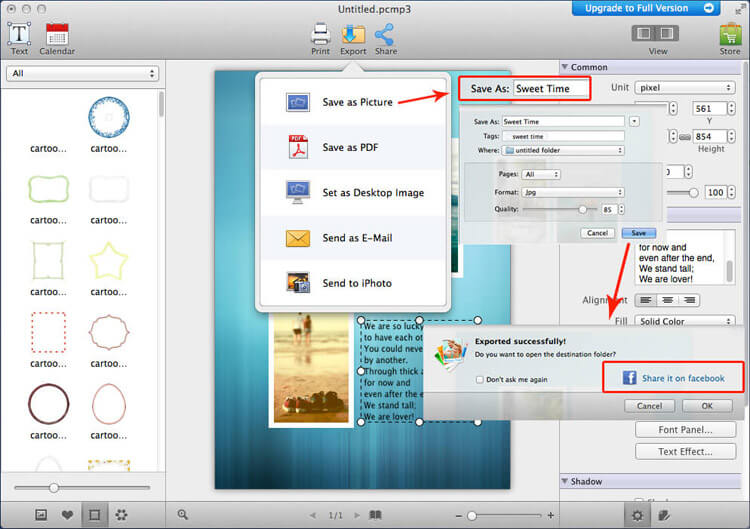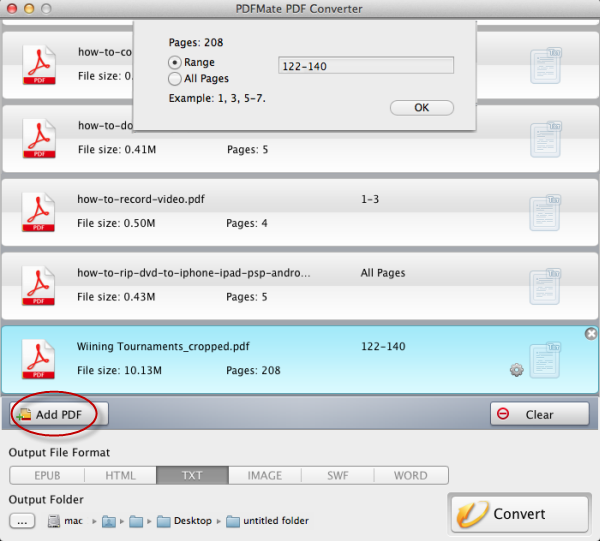

it has either overflow: scroll applied, or overflow: auto and sufficient content to cause scrollable overflow. Clicking the marker opens a tooltip listing the event listeners and allows you for each listener to switch to the line of JavaScript code in the Debugger where the listener is defined. The element has one or several event listeners attached to it. The table below explains the meaning of each badge: Markers (“badges”) are displayed to the right of some nodes. Now children are indicated in the tree with this icon: There is an ellipsis shown between the opening and closing tag of an element when the node is collapsed if it has larger contents.

This can happen for different reasons such as using display: none or that the element doesn’t have any dimensions. Nodes that are not visible are shown faded/desaturated. Moving the mouse over a node in the tree highlights that element in the page. If you hold the Alt key while clicking the arrow, it expands the node and all the nodes underneath it. Just to the left of each node is an arrow: click the arrow to expand the node. The rest of the pane shows you the page’s HTML as a tree (this UI is also called the Markup View).


 0 kommentar(er)
0 kommentar(er)
